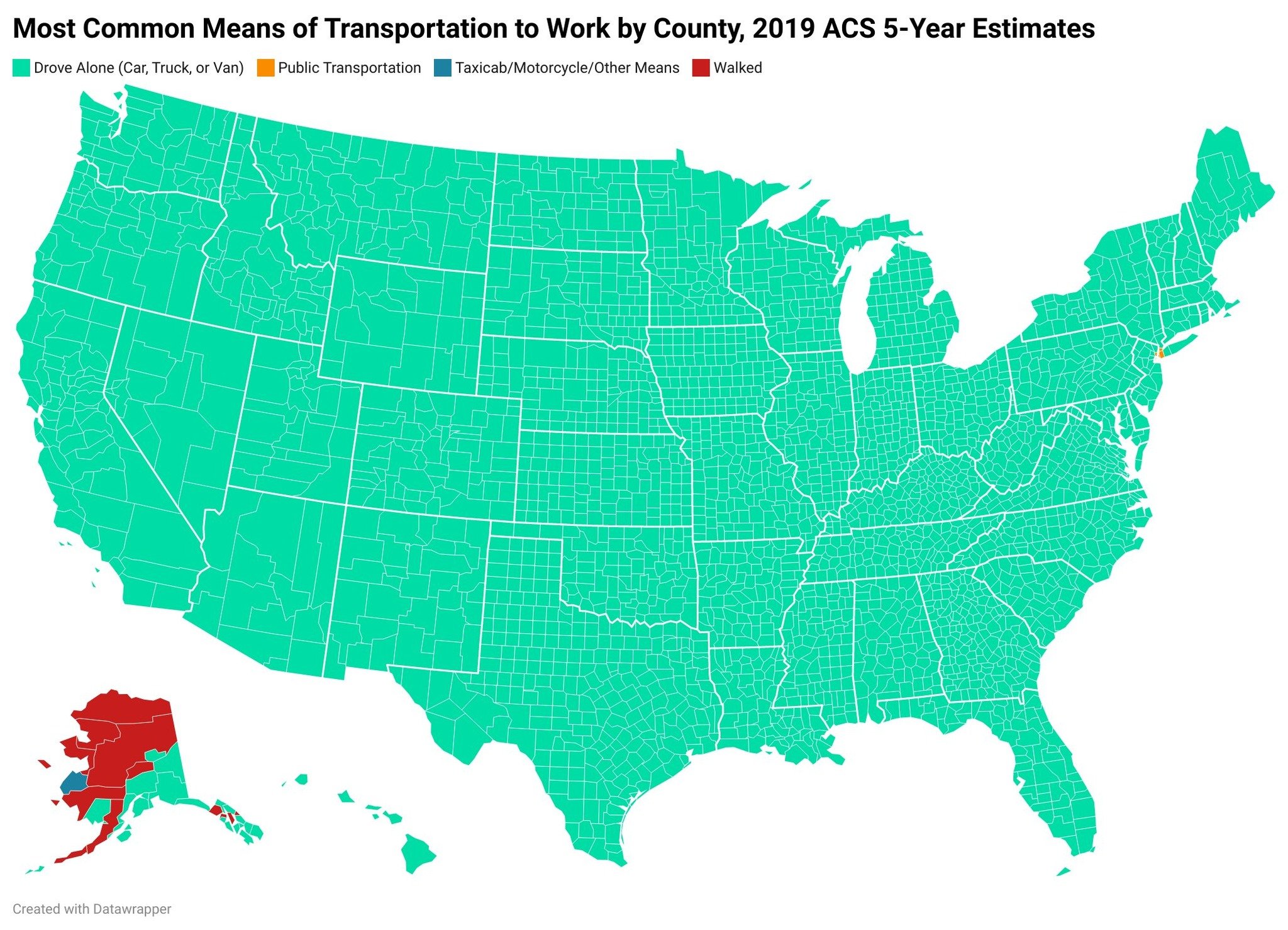Fuck Cars
A place to discuss problems of car centric infrastructure or how it hurts us all. Let's explore the bad world of Cars!
Rules
1. Be Civil
You may not agree on ideas, but please do not be needlessly rude or insulting to other people in this community.
2. No hate speech
Don't discriminate or disparage people on the basis of sex, gender, race, ethnicity, nationality, religion, or sexuality.
3. Don't harass people
Don't follow people you disagree with into multiple threads or into PMs to insult, disparage, or otherwise attack them. And certainly don't doxx any non-public figures.
4. Stay on topic
This community is about cars, their externalities in society, car-dependency, and solutions to these.
5. No reposts
Do not repost content that has already been posted in this community.
Moderator discretion will be used to judge reports with regard to the above rules.
Posting Guidelines
In the absence of a flair system on lemmy yet, let’s try to make it easier to scan through posts by type in here by using tags:
- [meta] for discussions/suggestions about this community itself
- [article] for news articles
- [blog] for any blog-style content
- [video] for video resources
- [academic] for academic studies and sources
- [discussion] for text post questions, rants, and/or discussions
- [meme] for memes
- [image] for any non-meme images
- [misc] for anything that doesn’t fall cleanly into any of the other categories
Recommended communities:
view the rest of the comments

(source)
Not a map, but at least some more data from some other countries. The own car is unfortunately the most used mode of transport for commuting in every surveyed country, but the US seem to be especially far behind when it comes to alternatives.
They mixed taxi and ride sharing with walking in that statistic. For the purposes of car usage, it's not really helpful. That's still one car for one person, on the road for the amount of time that person is commuting (i.e. it doesn't park, it goes and picks up another commuter)
Moreover, difference in land mass and population density matters when looking at this from a national perspective. United States has significantly more rural space than Germany. The map posted is kind of pointless because it's only showing the most used form of transportation in each county, and that will always be cars with extreme outliers like New York City, no matter how much we invest in public transportation.
What they're using is Bumblefunk County Oklahoma to get from their little town of 2,000 people to the factory 20 minutes away in some industrial park between Nowheresville and Chickentowm isn't really relevant to the discussion. Public transportation is only really viable in dense areas, but everyone else in the country is going to still drive because they've got distance to cover or irregular routes. Even if we expanded rail across the country, people in those counties would still need to drive to the station.
I agree that both the map and the statistic I've posted don't take those country-specific characteristics into account.
I'm not sure how important that difference really is, though, as both the US and Germany seem to have pretty similar degrees of urbanization (US: 83.3%; Germany: 77.8%; source). So the rural population isn't really that big in either country, relatively speaking.
I'm not trying to say that the rural population isn't a factor, I'm just not sure how big that factor really is.
It's not surprising when we've created an induced demand for driving through which infrastructure we build and subsidize. However, the numbers in Germany and China are changing as they push for non car-centric infrastructure. I can't speak to the other countries.
Places like Copenhagen and Amsterdam used to be full of roads and parking lots. When they built public transit and safe bike infrastructure for shorter trips, they induced a demand and people ditched their cars for safer, cheaper, and more convenient alternatives.
I think this source hasn't sampled their data very well. The figures for china seem wildly wrong.
The figures from the same source even list the number of automobiles in China as 319 million in 2022, no where even close to 64% of the population.
The 64% commuting with own car in China is way off. So I'd question the entire chart.
The wording on that one makes me wonder. It says "own a car," but I'm sure there are millions of people who own a car but don't necessarily use it daily for work. Isn't it fairly common in major cities to own a car and still take a train/bus to work because of traffic, using the car for things like weekend trips or errands? Idk if that's enough to really swing of the stats, just that I wish they had phrased it differently.
Edit: misread that. S'what I get for reading a Lemmy post before I put my glasses on, or even get out of bed to pee
It’s “own car”, as in, not a ride share or taxi cab. They get to work in their own cars.
It doesn't say "own a car", it says "own car". As in, "How do you get to work?" "By my own car."
It says "own car", not " own a car" (?)
Read it again ,including the title, it says own car, not own a car, which means that they use it to commute. That said, it's worded a bit poorly